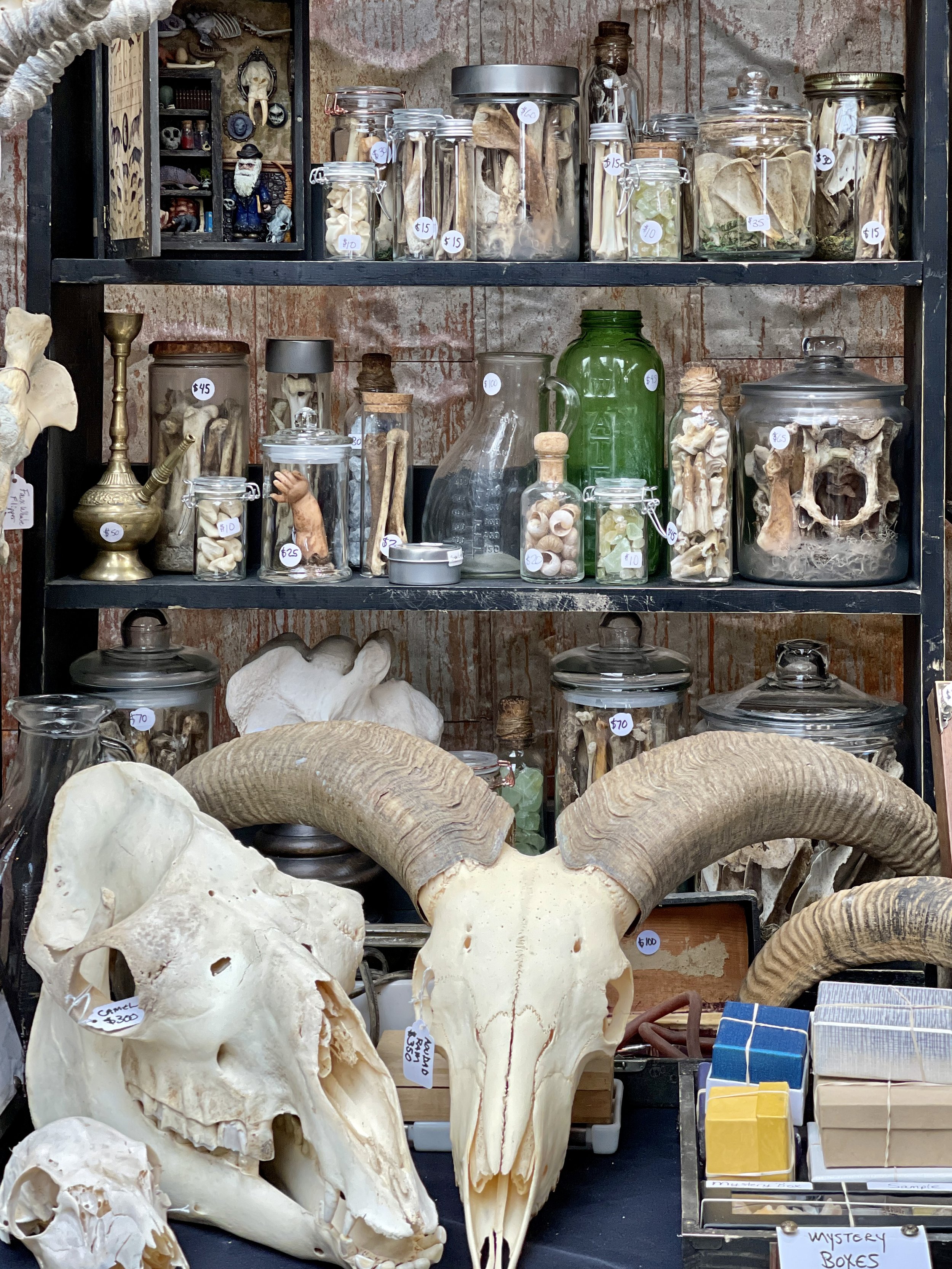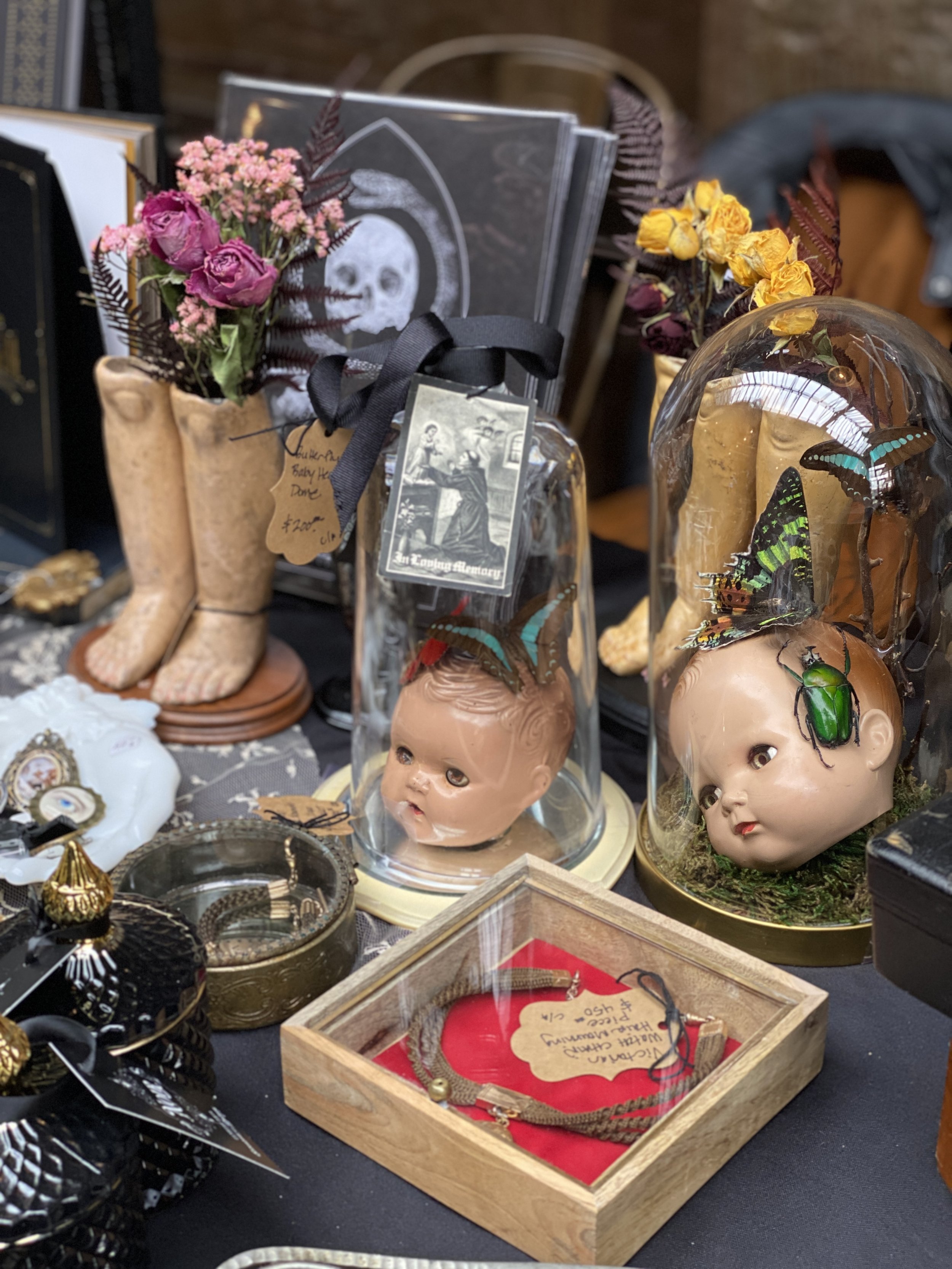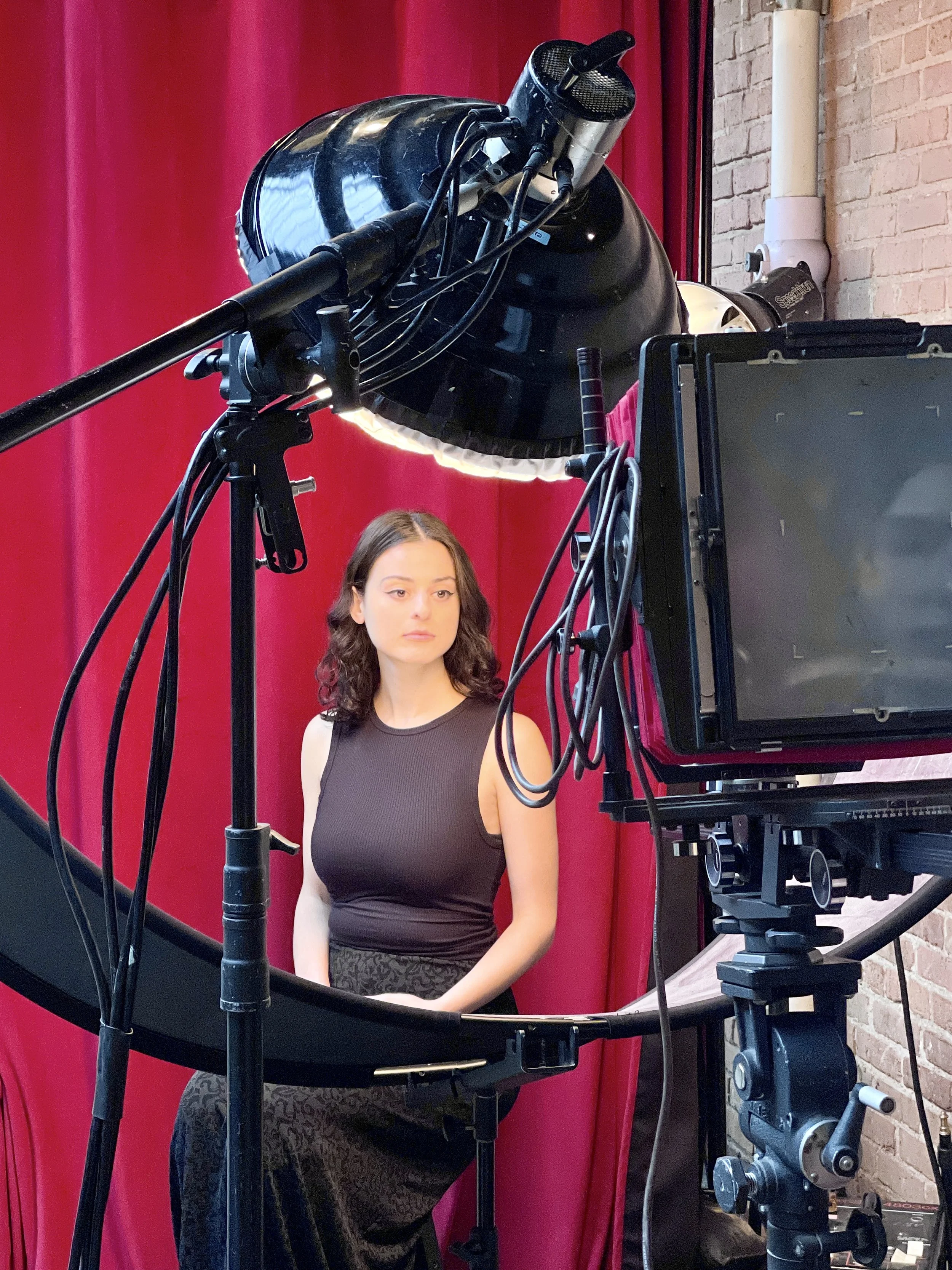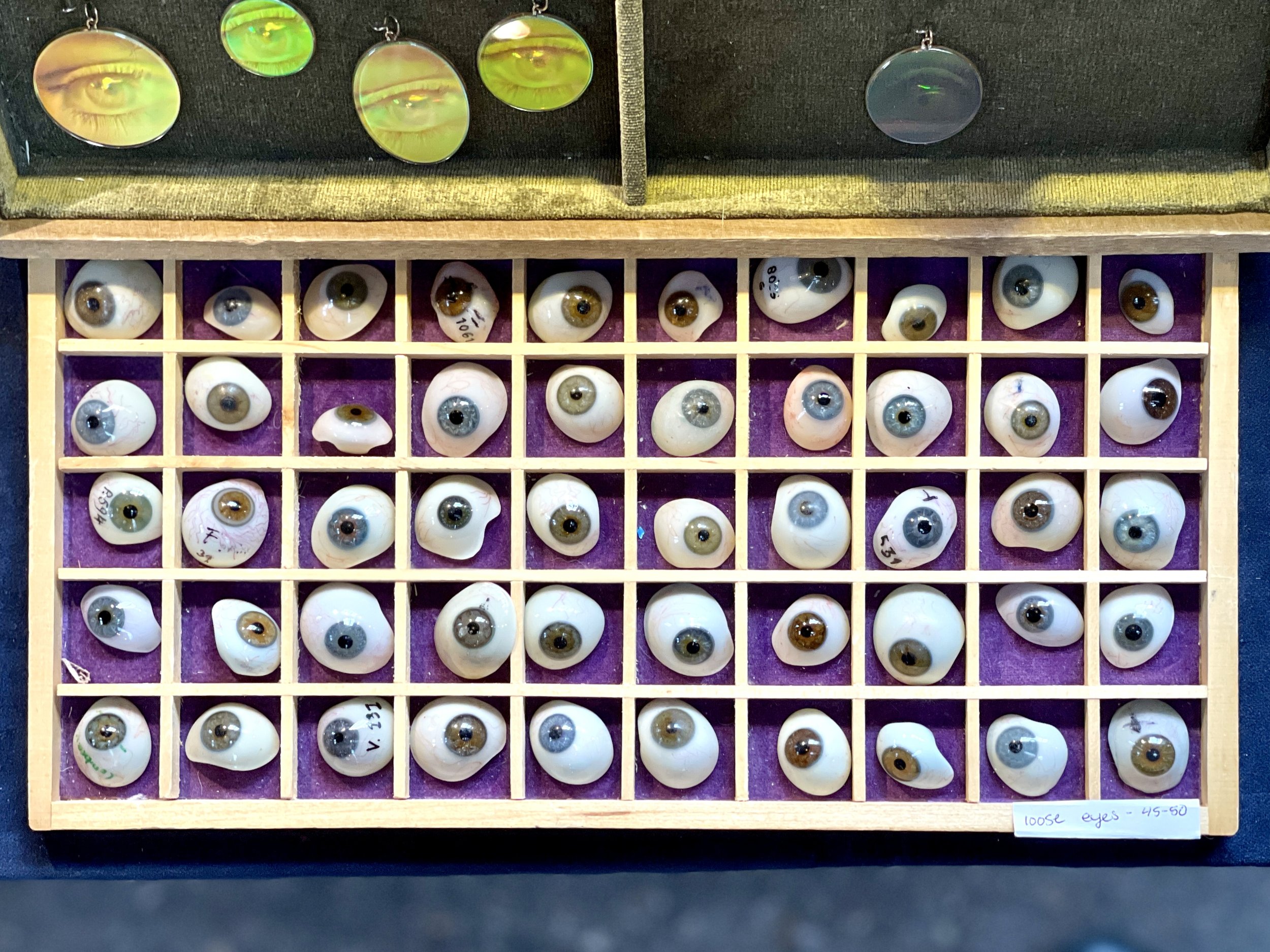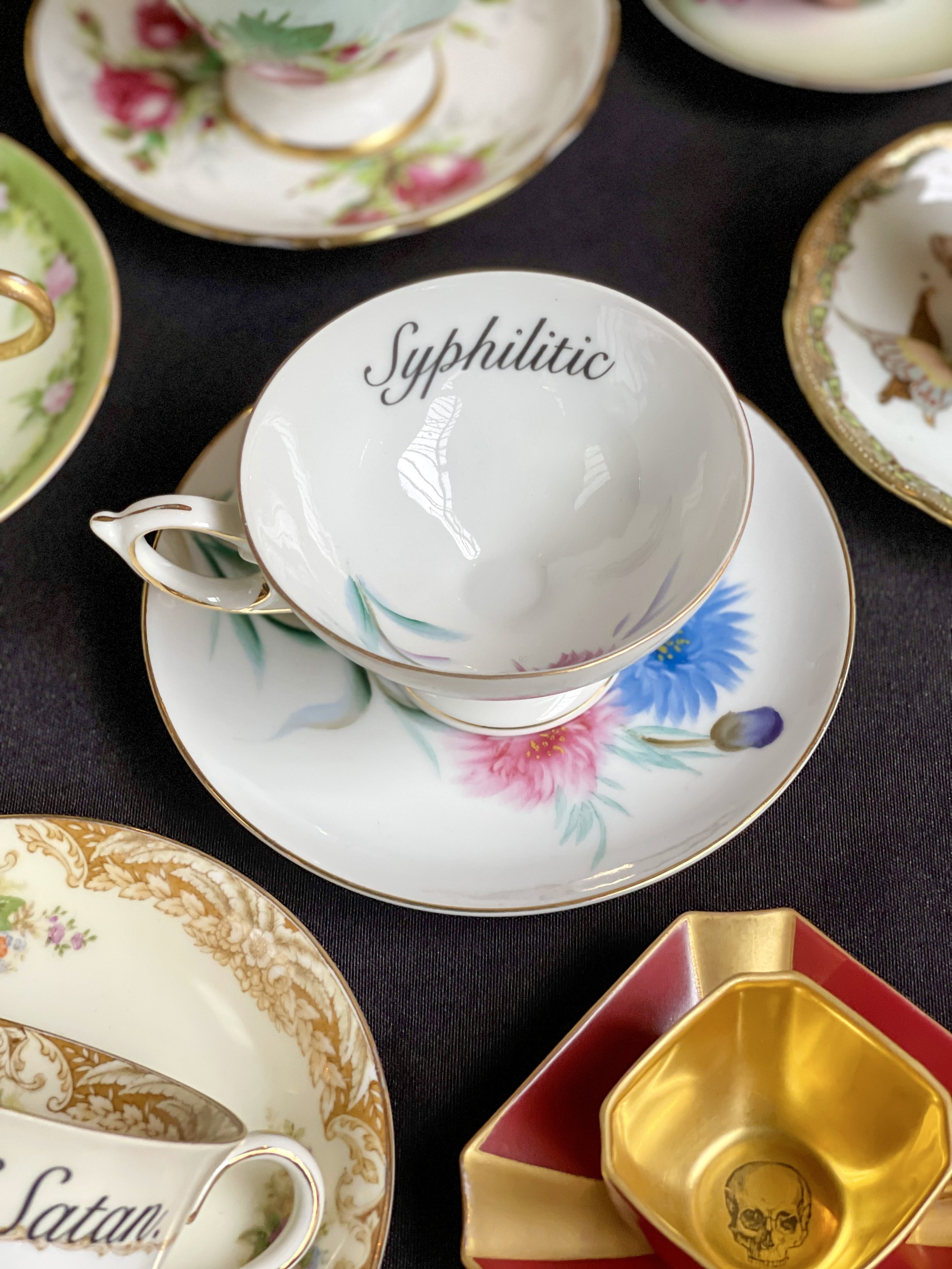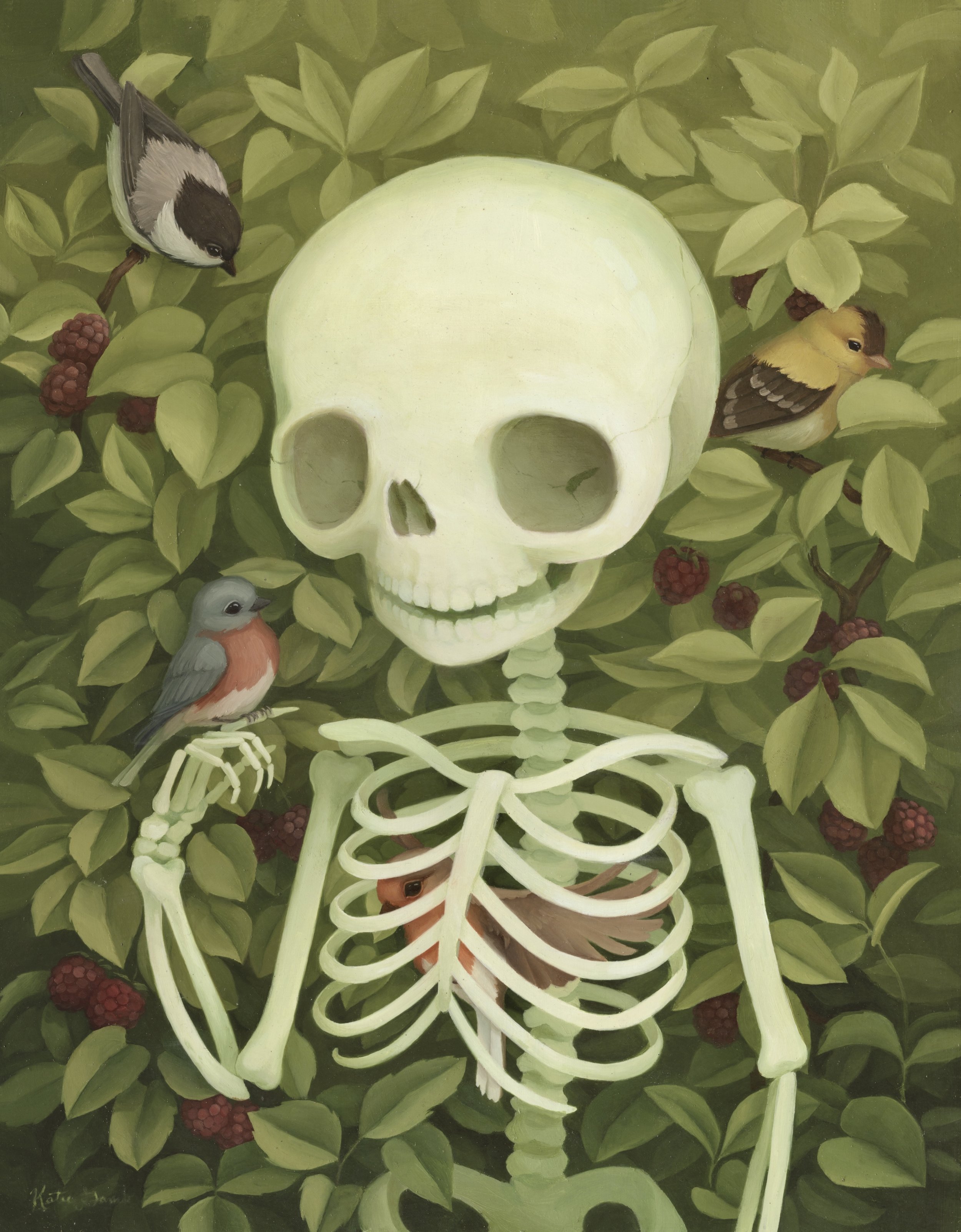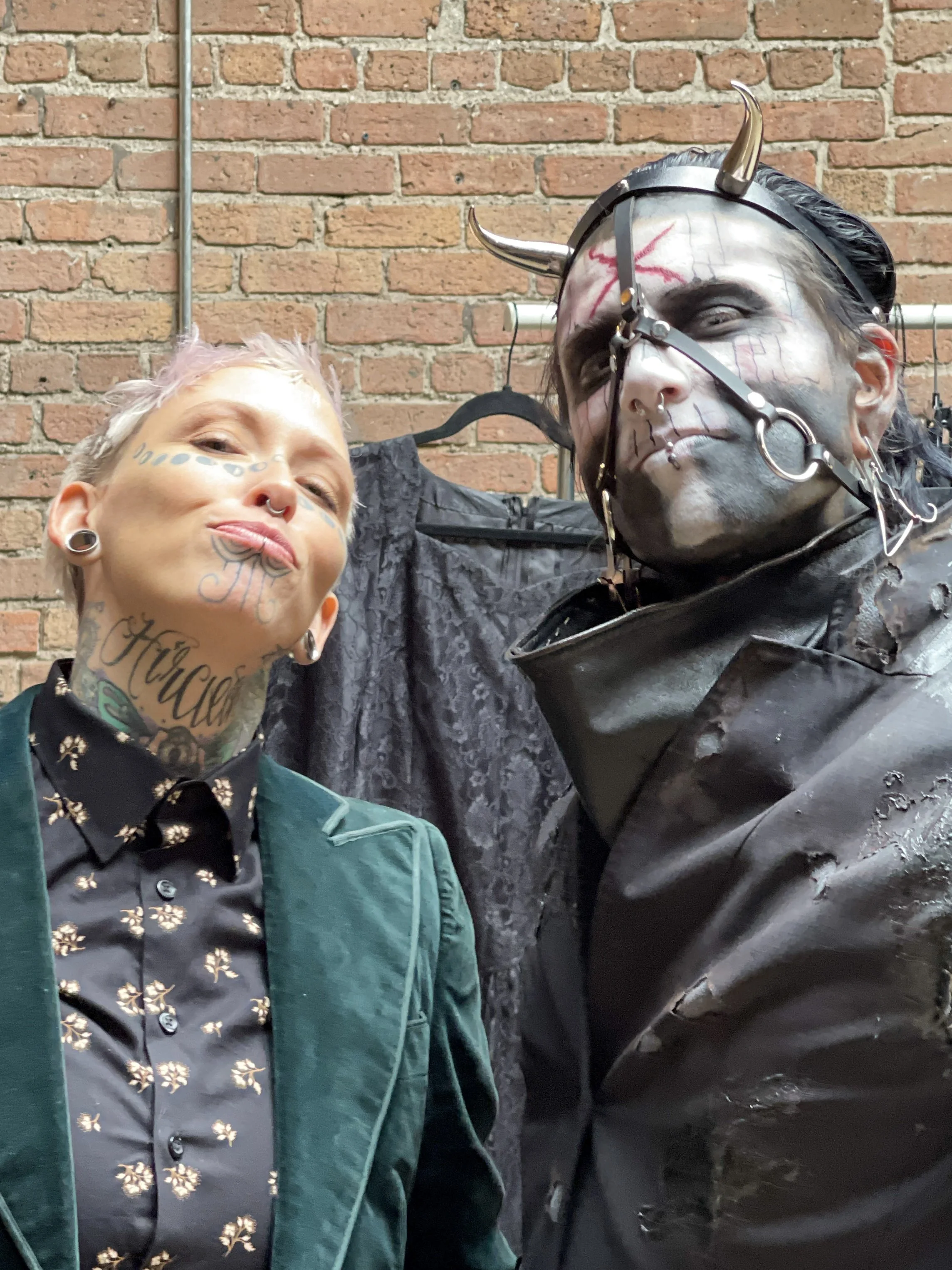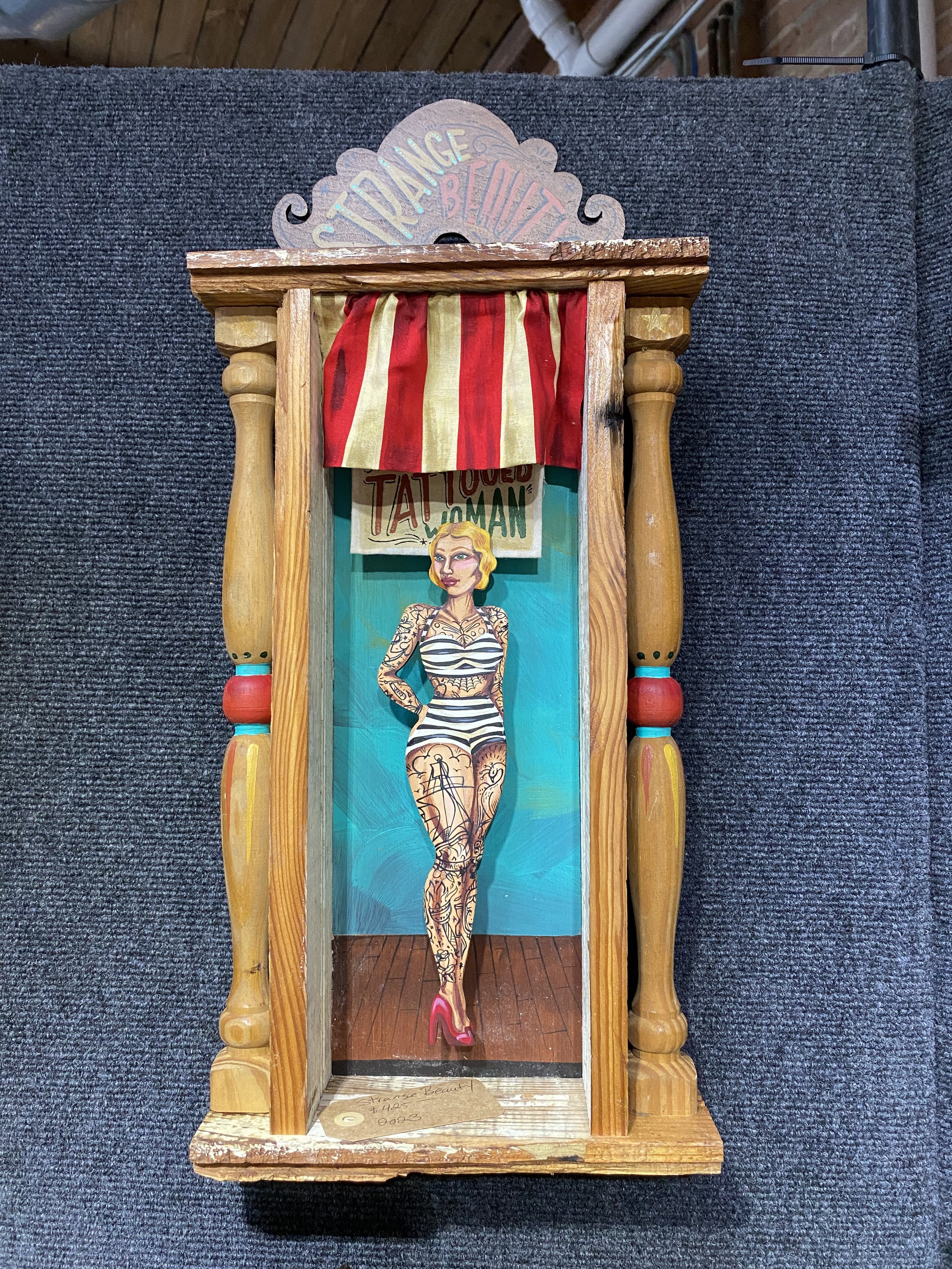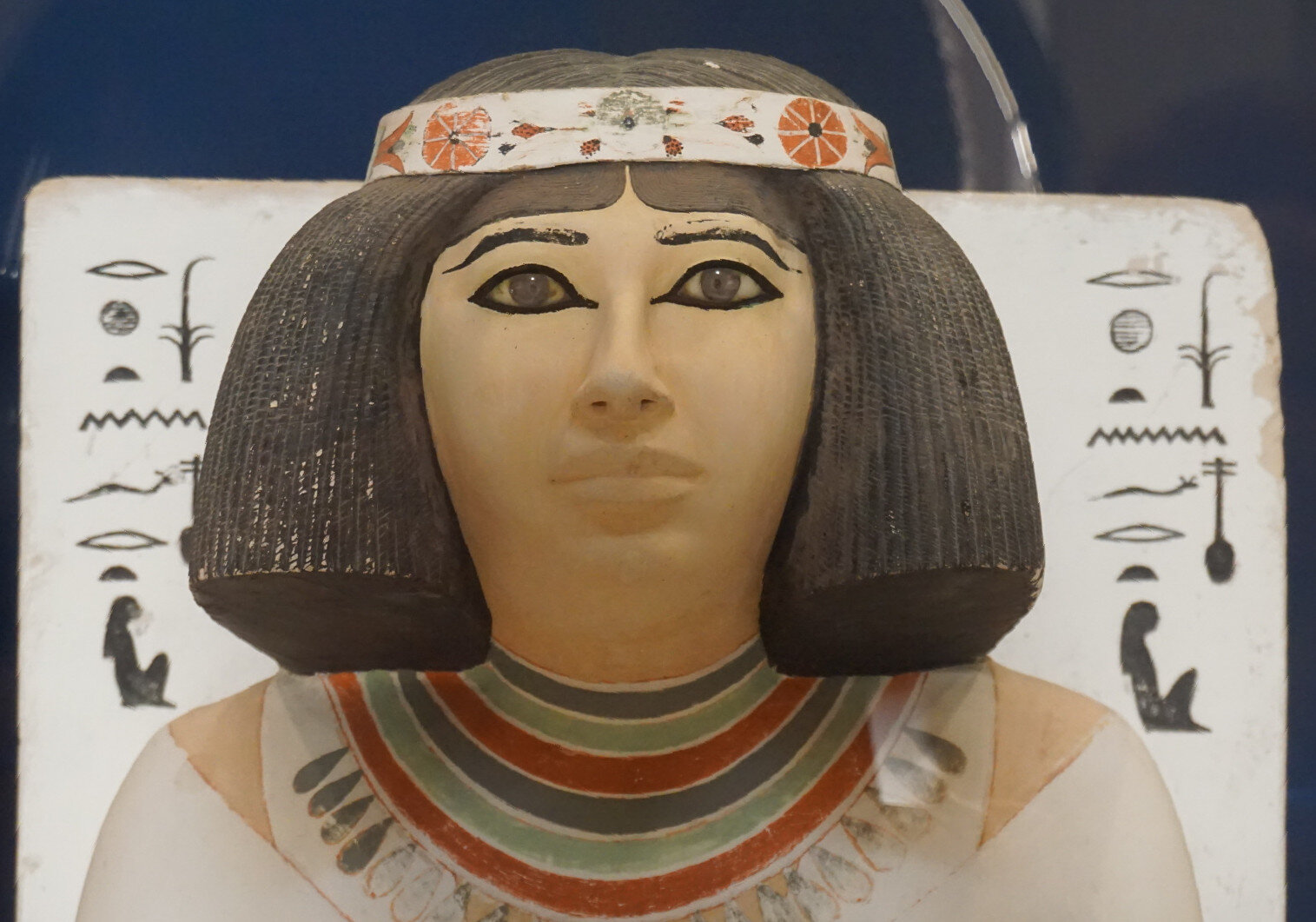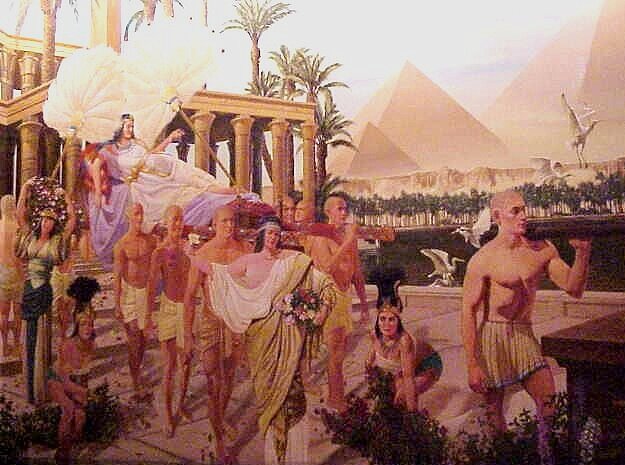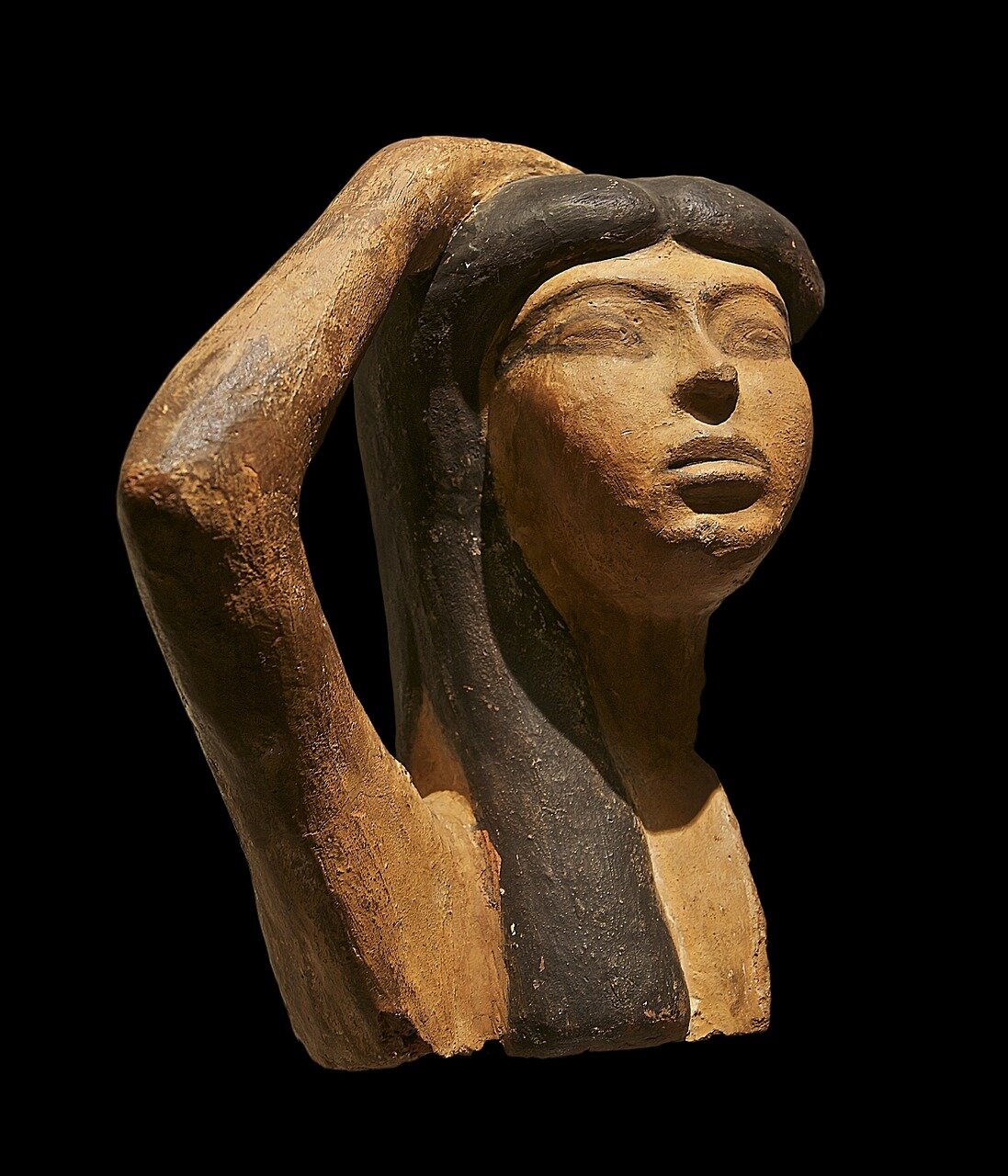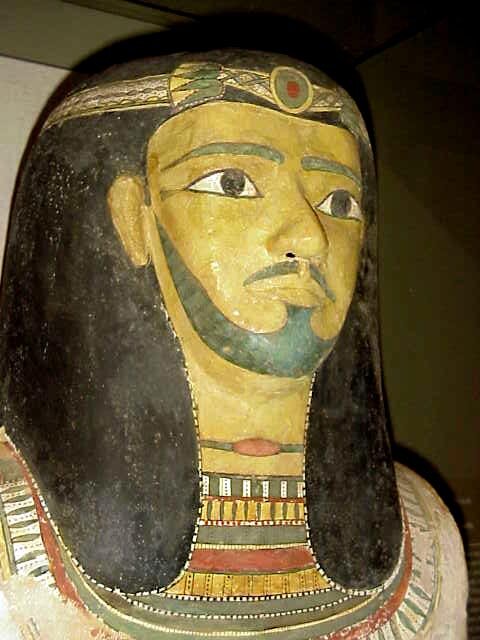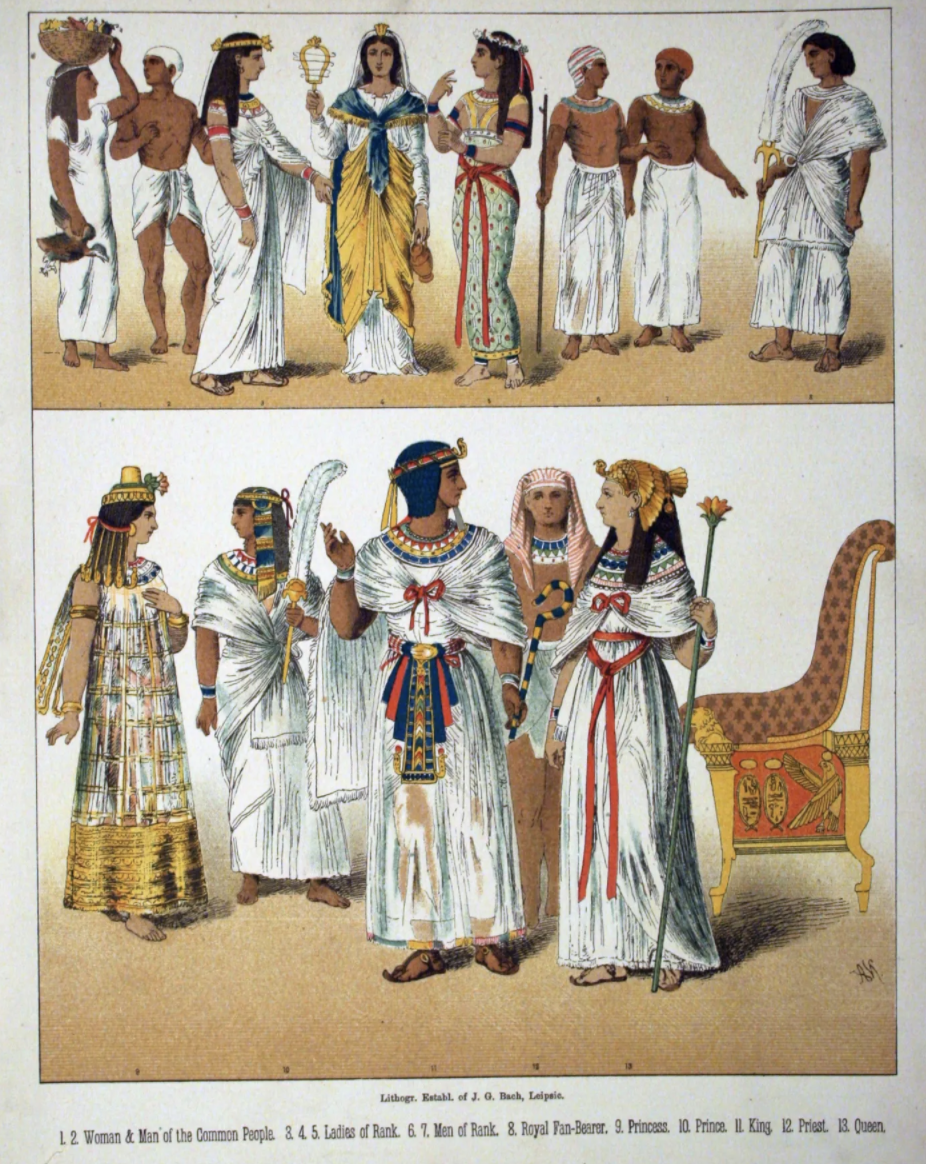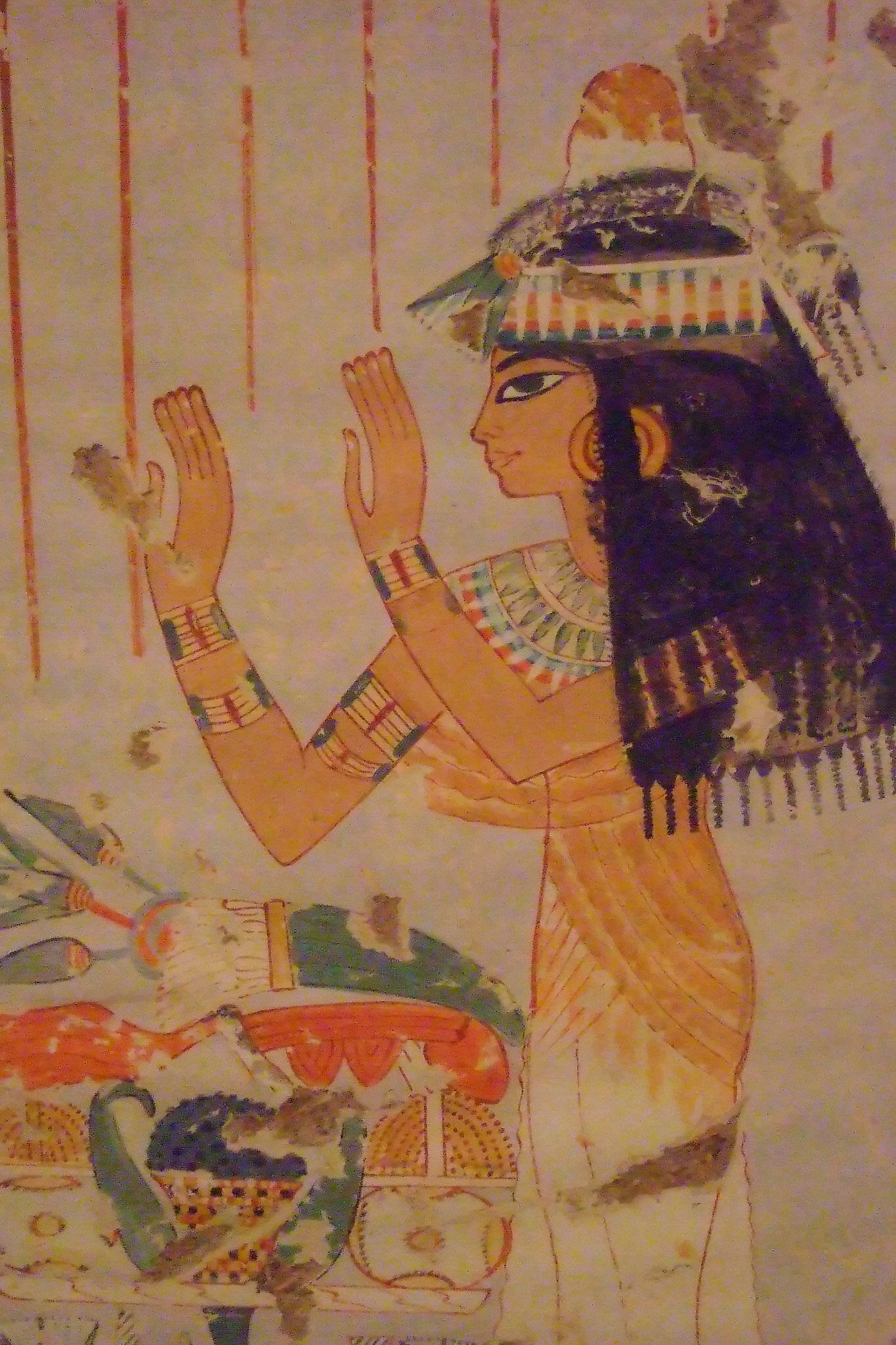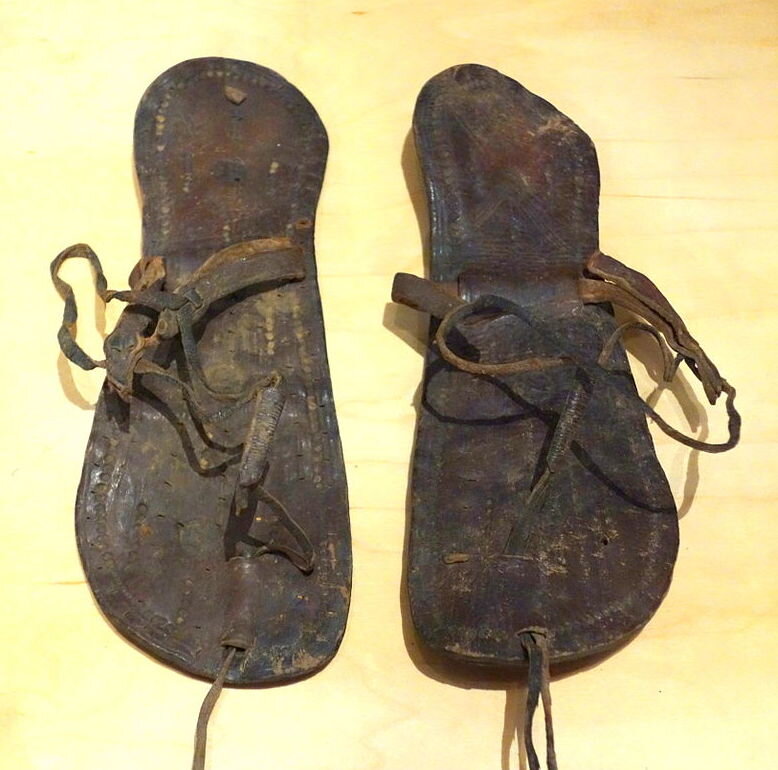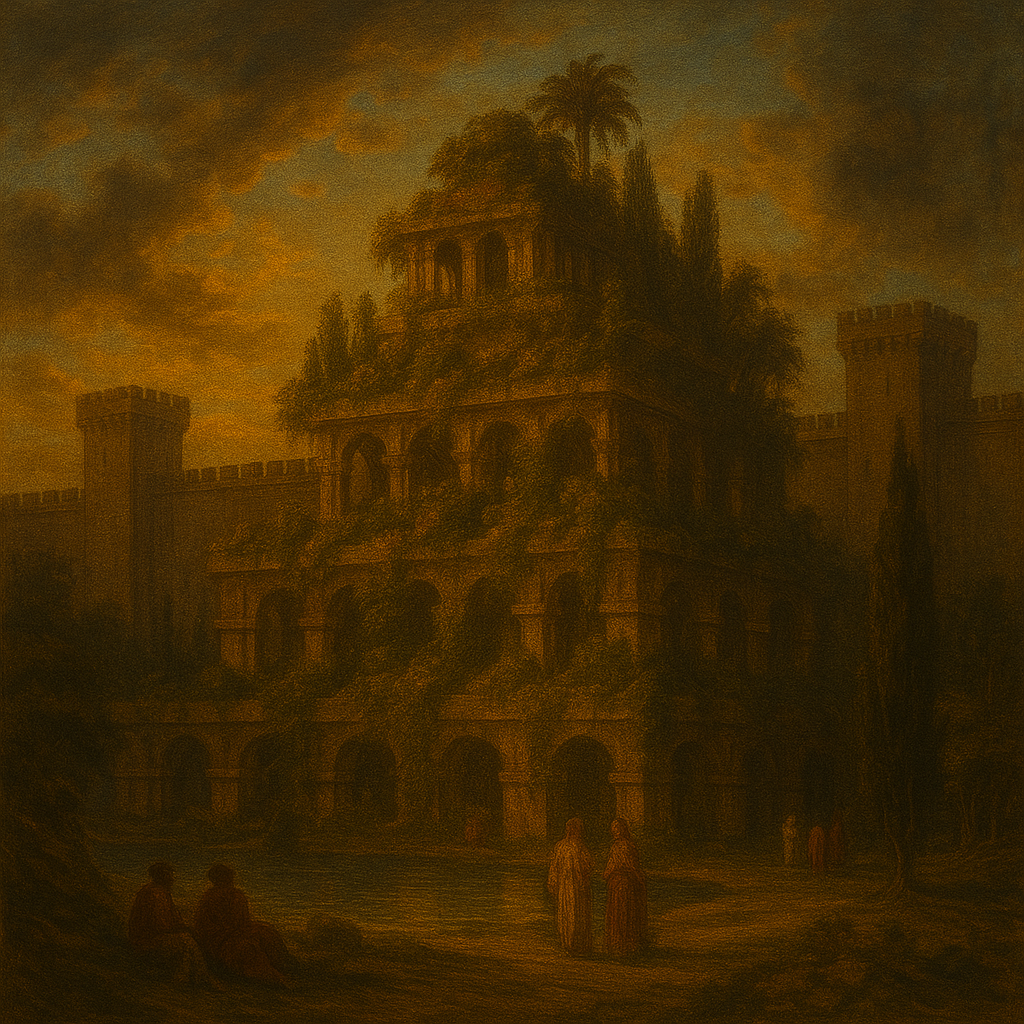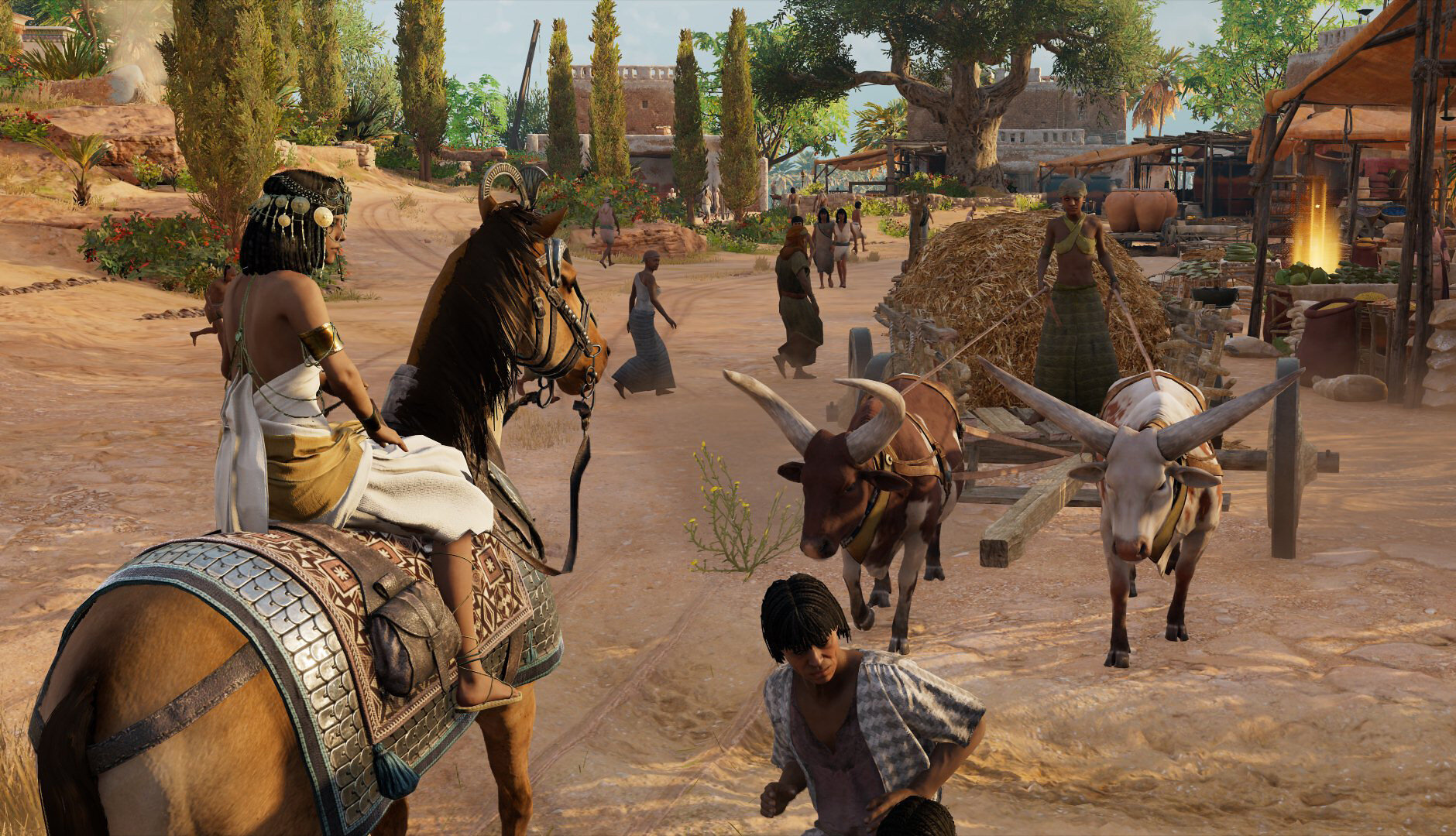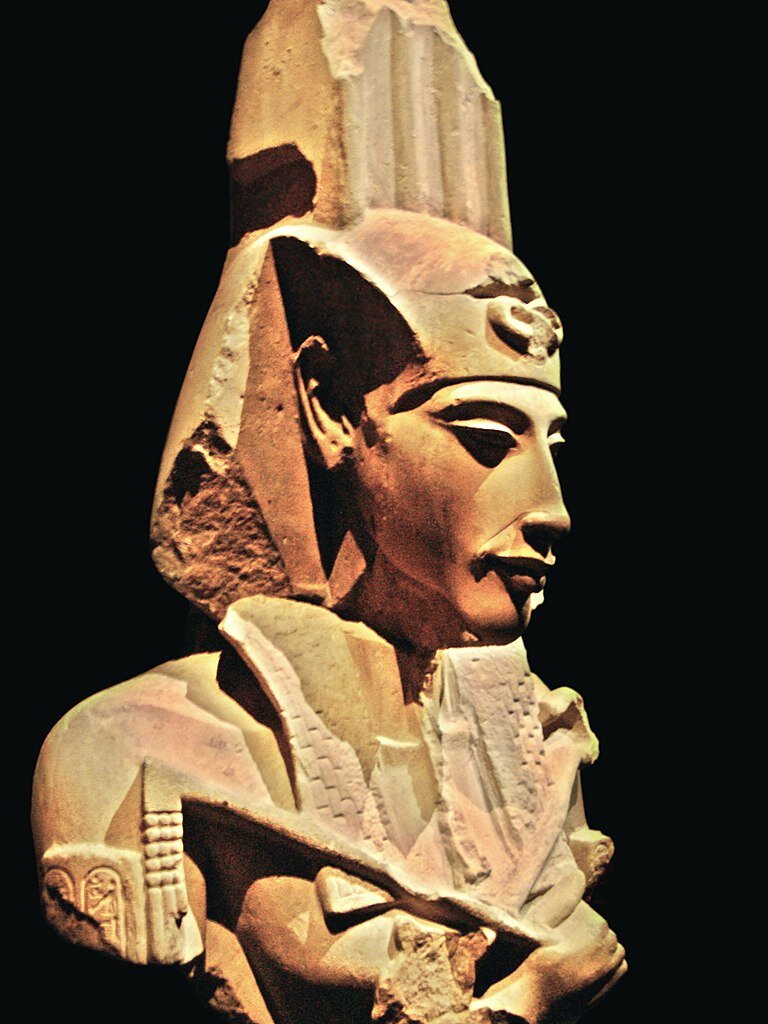Regina and Ryan Cohn’s warped brainchild is a fantastic journey of curious collectibles.
The Oddities Flea Market is filled with items to start your own cabinet of curiosities.
When I asked Wally about attending the Oddities Flea Market, an event that brings together vendors from all over the country to sell their unusual wares, his answer was a resounding yes. (Actually, he probably looked at me and said, “Uh, duh.”)
We knew we were kindred spirits when we met — but before Wally, I identified as a minimalist. He’s a maximalist and loves collecting things. Turns out that when a minimalist moves in with a maximalist, you end up with just a little bit more stuff. I decided to embrace the aesthetic and figure out ways to creatively curate vignettes. Eventually, I succumbed and became a maximalist, too.
Our burgeoning collection of oddities consists of a human skull named Malachi that’s supposedly a World War II trophy, a taxidermied squirrel with an Elizabethan lace collar, a two-headed African fetish figure, or nkondi, stuck full of nails, and a mummified llama fetus our friend Hugo picked up for Wally in Ecuador — to name just a few.
When it came to the fair, I wasn’t sure what to expect. I knew that local chef Halee Raff of Hardbitten would be there with her elevated and colorful riff on Pop-Tarts, as well as Woolly Mammoth, one of our favorite shops in the Andersonville neighborhood, but other than that I wasn’t sure what we’d find.
Vendors from around the country have booths at the market.
Embracing the Strange: The Birth of the Oddities Flea Market
The Oddities Flea Market was founded by Regina and Ryan Cohn about six years ago. Ryan was well-versed in buying and collecting antiques and oddities while Regina was making a name for herself in fashion. They combined their passions into a traveling emporium that celebrates the weird and wonderful.
Their first market launched in 2017 and introduced the concept of oddity collecting to the general public at the now-shuttered Brooklyn Bazaar. Since then, the Cohns have expanded to additional markets in Los Angeles and Chicago. “It’s only the second time we’ve been to Chicago,” Ryan told us. “So it was a nice reintroduction.”
I am doll parts: some of the creepy-cute creations from Sideshow Gallery
This year the Chicago market was held over two days in April at Morgan Manufacturing. The red brick building predates the Great Chicago Fire of 1871 and acts as an industrial chic event space in the hip West Loop neighborhood.
We weren’t alone in our curiosity for curiosities. When we arrived at 11 a.m. for VIP early access, there was already a small queue forming. Some lucky attendees had planned ahead and signed up to take a cat skeleton articulation class taught by Ryan. By the time we had gotten our tickets, the workshop was sold out. Next time. Maybe.
Death masks on display from Wooly Mammoth
Not for the Faint of Heart: Entering the Fair
After checking in, we passed a booth which featured a selection of T-shirts and totes for sale (black, of course). We took a closer look and noticed that the screen-printed images were of Ryan’s personal work — Beauchêne, also known as the art of the exploded human skull.
The soundtrack for the event was provided by Dead Animal Assembly Plant, spinning songs near the entrance, with a backdrop of projections of creepy vintage cartoons.
Spooky and silly classic cartoons played above DJs from Dead Animal Assembly Plant.
Wally and I couldn’t help but salivate as we passed by the selection of Hardbitten’s delectable baked goods. Nearby, the sophisticated cocktail bar offered a variety of specialty drinks, each with an intriguing name: Memento Mori, Sideshow, the Veneration, Wunderkammer. No judging, but it was a bit early for us to imbibe. If you were seeking a caffeine fix, Spiritus Coffee from Lombard, Illinois was the place to go.
A seclection of Hardbitten’s treats, including their riffs on Pop-Tarts
We wandered through the market, discovering an impressive variety of wondrous wares: natural history specimens, taxidermy (both artistic and traditional), creative jewelry and a few truly macabre specimens. Here are a few of our favorites.
A woman poses for her tintype photo from Blkk Hand.
A Handful of Shadows: Blkk Hand
St. Paul-based photographer Carla Alexandra Rodriguez uses an old-school process known as wet-plate collodion to create eerily beautiful tintype portraits. This method, which dates back to the 1850s, requires precise chemistry, accurate timing and a classic large-format camera.
Silver nitrate is used in the processing of tinplate photography and is a highly reactive chemical that can cause skin to turn black if it’s not handled properly. Her studio, Blkk Hand takes its name from this phenomenon — and is why Carla always wears gloves when working.
Nora Past, seen in a developing tintype photo, assisted at the booth.
How’s it work? The process begins with coating a metal plate with a collodion solution that contains a mixture of alcohol, ether and silver nitrate. Each plate is exposed to light in the camera, which converts the silver nitrate to silver metal.
This challenging and time-consuming method produces incredibly detailed images with an ethereal quality, capturing the beauty of a moment in a way that no other type of photography can.
Memento Mori Los Angeles co-sponsored the flea market.
Death Becomes Them: Memento Mori Los Angeles
Our favorite booth at the flea market belonged to Memento Mori Los Angeles, run by Brad and Deidre Hartman, a Cali-based duo who create beautiful and macabre works of art. Their pieces are a reminder of the inevitability of death, while also celebrating the beauty of life.
Among their fascinating objects were skulls, insects, crystals, jewelry, and an assortment of devotional candles featuring musical artists like Siouxsie Sioux and Nick Cave. We were mesmerized at the offerings, including a riff on the infamous Fiji mermaid hoax, a glass cloche containing human teeth and a basket filled with supple leathered purses made from genuine cane toads. I was skeptical at first when I picked one up to examine it — but it was definitely real. Don’t feel too bad, though. These amphibians were originally introduced as a means of pest control, but ended up becoming an invasive species. So now, instead of eating cane beetles, they’re just hanging out as purses and looking cute. I suppose there are worse fates.
A replica of the Fiji mermaid, a Witchling chick and other artistic takes on taxidermy from Memento Mori Los Angeles
I was particularly drawn to their Witchlings, yellow ducklings wearing tiny witch hats, as well as a two-headed duckling called Double Trouble. Brad and Deidre’s work is a reminder to live life to the fullest and to appreciate the beauty that surrounds us, even in death.
Playful fake taxidermied heads on display at the Odds and Ends booth
Faux Real: Odds and Ends
We stopped by Odds and Ends, featuring the work of Atlanta-based Chloë Grass, who creates quirky faux taxidermy trophies and other oddities. She studied at the Arts University Bournemouth in the U.K., where she honed her skills in prosthetics sculpting and special effects makeup.
I loved her double-headed lamb, which was both cute and creepy. (I’m realizing I have a thing for two-headed creatures.) It was definitely a conversation starter, and I couldn’t help but smile when I saw it. Chloë’s creations reflect my favorite type of art: whimsical and a little bit weird.
A selection of vintage fake eyes at Eyeba’s booth
I Only Have Eyes for You: Eyeba
We were blown away by Brooklyn-based jeweler Amanda Maer Huan’s booth at the flea market, Eyeba. She takes antique prosthetic eyes and sets them in sterling silver to create rings, pendants and other fine jewelry.
As we browsed her wares, Amanda gave us a brief education on the myth of the round glass eye. While the visible portion of the prosthesis appears round, the part that sits within the eye socket is actually curved like a pasta shell. They’re custom-made to match the size and color of the wearer’s functioning eye.
Windows to your soul? Amazing rings from Eyeba
The rings were hypnotic. I had to literally drag Wally away.
Deadskull Curio had the most macabre offerings at the market.
A Portal to Another World: Deadskull Curio
Deadskull Curio was the most global booth at the Oddities Flea Market. It had everything from hand-carved wood masks to antique Asian marionette puppets to Tibetan kapala skull cups. They even had black and white morgue and crime scene photos from the 1960s, vertebrae and a horrific preserved cat’s head in a jar of formaldehyde.
The collection of death photos had a warning
The booth is owned by Paul Abrahamian, who, randomly, competed in two seasons of Big Brother. He was a cool guy who was obviously passionate about his collection. Items were flying off the shelves as we were looking at them — but we decided to pass on the cat’s head specimen. It would have been like having a pet cemetery in our living room, and we’re not sure our cat Bowzer would have appreciated it.
The saucy teacups from Miss Havisham’s Curiosities were inspired by the owner’s cheeky grandmother.
Steeped in Humor: Miss Havisham’s Curiosities
Miss Havisham's Curiosities is a line of insult teacups created by Melissa Johnson. The idea was inspired by two sources: the jilted bride trapped in time in Charles Dickens’ novel Great Expectations, and Melissa’s grandmother, who expressed herself by writing offensive things on broken or chipped teacups with nail polish and then selling them at her antique shop.
On the outside, these teacups are proper, often vintage, china. But on the inside, they’re hiding naughty surprises: cheeky insults written in cursive: “Syphilitic,” “No one likes you!” and “Not today, Satan!” The teacups are the perfect way to spill the tea and say what you really mean…without actually having to say it.
Hidden in the Poison Forest, 2021
We were drawn to Katie Gamb’s artwork because of its twee yet sinister quality.
Sugar and Spice, But Not Everything Nice: Katie Gamb
Katie Gamb is a Milwaukee-based artist who creates whimsical and macabre worlds in her illustrations. Her work is a love letter to a childhood spent lost in books, where animals, humans and monsters like skeletons all live together in a world of wonder. As Wally and I looked at her work, I turned to him and said, “They’re adorable at first glance — but they get a little creepy when you look closer.”
“That’s exactly what I go for,” Katie said, smiling at us.
My Heart’s Still Beating, 2019
Like much of the art we appreciate, Gamb’s works tread the line between creepy and cute.
One piece depicted a bird fluttering within the rib cage of a skeleton, while another showed a girl dressed as a ghost in a forest of poisonous plants. Katie’s imagination is a portal to a strange and wondrous world, where anything is possible. I regret not circling back to purchase a sticker featuring a sad cat playing an accordion with a feather sticking out of its mouth.
Katie’s work reminds us that the world isn’t always as it seems. There’s beauty in the darkness.
Feral Femme Art’s booth evoked a freakshow from the past with interactive artworks.
Step Right Up, Folks: Feral Femme Art
We ended the show at the Feral Femme Art booth, with a conversation with Rachaela DiRosaria, a New Orleans-based folk artist who creates assemblages that evoke the nostalgia of Depression-era circus and sideshow advertising. Their hand-painted figures and moveable parts bring these sideshow performers and circus freaks to life.
Artist Rachaela DiRosaria posing with Zach Wager, who spun records at the market.
Inveterate
Funhouse
The Tattooed Woman
Rachaela’s work is infused with a dark humor that’s both playful and unsettling — an interactive stagecraft of delight.
Double Trouble has found a new home amid the other oddities chez Duke and Wally.
After making our way through the different vendors, I turned to Wally and said, “I’d like to go back and get Double Trouble. Are you cool with that?” To which Wally replied, “Obvi.”
Exploring the Oddities Flea Market was a quirky adventure that appealed to our inner freaks, and we’re glad we had the chance to attend.
The next iteration will be held at the Globe Theatre in LA on October 7, 2023 — a perfect day, in my humble opinion, as it’s also my birthday. –Duke

